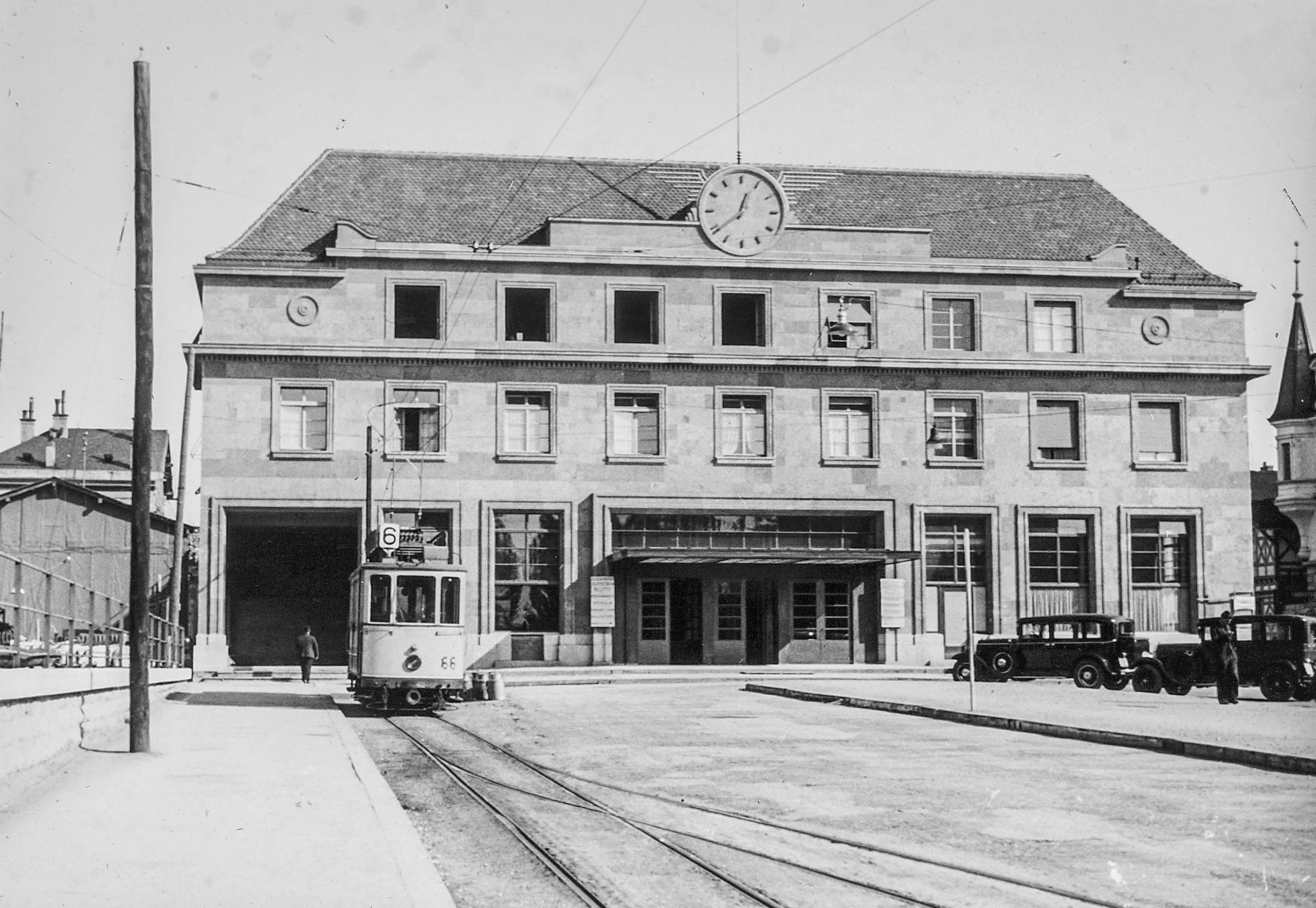
When the train conductor still whistled
Crowds bustling through light-filled halls, a lonely attendant’s hut standing in a field – this is the distant past of Swiss railway travel.
Punctual Swiss trains are a well-known cliché, and foreigners are often amazed at Swiss trains pulling in and out of stations bang on time. The Swiss Federal Railways is a bit of a national treasure for the Swiss. Although people like moaning from time to time about prices and packed trains, they are nevertheless proud of how their track infrastructure works.
The Federal Railways was founded in 1902 following the fusion and nationalisation of private railway lines. Today, the government is the majority shareholder in the Federal Railways.
A look through various photo archives uncovers some fascinating images from a time when travelling by train still meant excitement. The railway connected people in Switzerland’s cities and small towns to the outside world.
Switzerland’s economic development is closely linked to the construction of the rail network and stations of various sizes, places where goods changed hands and workers appeared.
Warehouse operators and industrial enterprises sprang up, and the station was the first thing tourists saw upon arrival. In larger towns and cities, guesthouses, hotels and increasingly shops lined the main street running to and from the station. It’s no coincidence that Zurich’s Bahnhofstrasse is still one of the most popular – and expensive – shopping addresses in the world.

















![The four-metre-long painting "Sonntag der Bergbauern" [Sunday of the Mountain Farmers, 1923-24/26] had to be removed by a crane from the German Chancellery in Berlin for the exhibition in Bern.](https://www.swissinfo.ch/content/wp-content/uploads/sites/13/2025/12/01_Pressebild_KirchnerxKirchner.jpg?ver=8f77363a)





























You can find an overview of ongoing debates with our journalists here . Please join us!
If you want to start a conversation about a topic raised in this article or want to report factual errors, email us at english@swissinfo.ch.